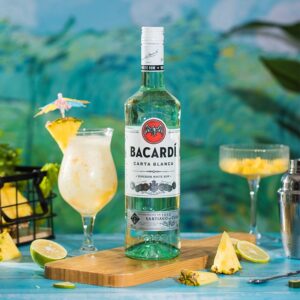Cocktails are always built on a base alcohol. The base alcohol plays a decisive role in the cocktail as a whole. It defines the overall flavour, the style, the potency and of course the entire enjoyment for the consumer.
Base alcohols are almost always chosen because of their style, flavour, character and quality. All of these factors are important when you consider that the average cocktail has between 30ml and 90ml of liquor, and the cocktail base will be most of this amount.
Now it’s time to share with you one of the most popular base alcohols for cocktails – rum.


Rum is a kind of distilled liquor, which is made from sugarcane by-products (such as molasses) or sugarcane juice. The sugary liquid is first fermented, and then distilled, to concentrate the amount of alcohol in the liquid. It is then either bottled as it is, flavoured further with sugars and spices, or sometimes matured in oak cask.
In the 16th century, sugar cane was abundant in the West Indies. At that time, sugar was extracted from cane by old-fashioned methods. Sugar cane juice was heated to evaporate water and to crystallize the sugars. At the end of this method, there is always some residual liquid in the sugar cane. In the early stage, these residual syrups or molasses could only be used as caramel, but later the colonists in New England discovered that it can be used for making alcohol, so rum was born.
Rum is typically produced in different grades. Light rum (white rum) is usually used to prepare cocktails, while “golden” and “dark” rums are usually drunk directly or with ice.
Fermentation starts (as with most alcohols) using just yeast and water. While some rum producers allow the use of wild yeast for fermentation, most producers use specific yeast strains to ensure consistency of taste and predictability of fermentation time.
Distilleries that make lighter rum, such as Bacardi, prefer to use yeast with faster fermentation speed. Yeast with slower fermentation speed will accumulate more esters (aromatic substances) during fermentation, thus producing rum with fuller taste.
Like other aspects of rum production, there is no uniform standard for distillation. Although some producers use pot stills for batch production, most rum is still produced by column stills.
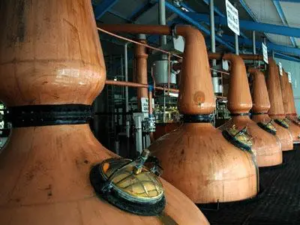
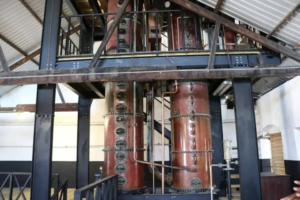
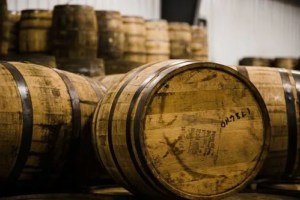
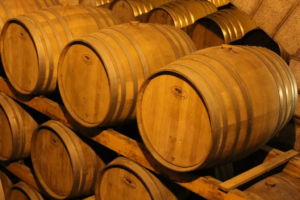
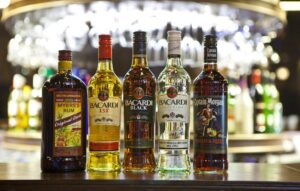


2.Bacardi Superior Black Rum:Bacardi superior black rum distilled from fermented molasses.Using rum developed in heavily charred oak barrels and then shaped through a secret blend of charcoals, blend of rums up to 4 years old. As the name implies this is a black rum, coloured with caramel of rum drinkers that want a very dark, full flavoured rum for cocktails.
3. Bacardi Gold Rum: Bacardi Gold Rum is produced in Puerto Rico. Distilled from fermented molasses, filtered with charcoal, and stored in charred oak barrels for 1-2 years, the wine is lighter and more aromatic. Amber in colour, mellow and smooth, it presents impressive aromas of walnut, spice and tropical fruit with a perfect balance of oak against a backdrop.
4. Havana Club 7 Añejo Aged Rum: Havana Club Rum 7 Years was the first Cuban aged rum, and it also showed the world that rum can be added to cocktails too. It’s a seven-year-old Cuban rum with a caramel hue that won gold medals at both the 1997 and 1995 Chicago World Spirits Championships. Havana Club Rum 7 Year Old Rum is aromatic, delicate and full-bodied, with notes of honey, vanilla, chocolate, cocoa, sweet tobacco, dried fruit and spiciness. The finish is long, intense and full.
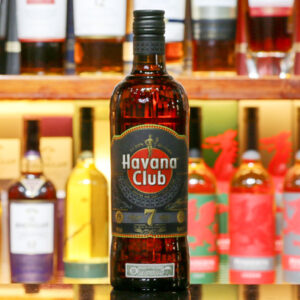
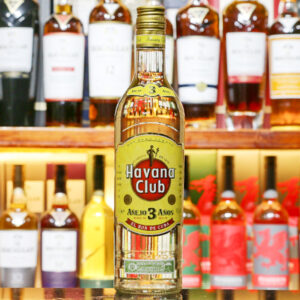
3.Cubita 151:This potent rum is 75 to 75 1/2 percent alcohol by volume (150 to 151 proof) and can be as dangerous to drink as Everclear if it is not diluted in some way.
4. Diplomatico Mantuano: Diplomat Matuano Rum is a premium rum from Venezuela, rum made in pot stills and continuous stills The wine is blended, and the price is very close to the people. A very nice rum with fruity sweetness and a silky smooth taste. Won a gold medal at the Rum Experience Competition in London in 2007. Adding water or ice seems to release the chocolate and citrus flavors.

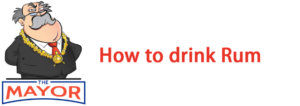

1、Drink with ice:The liquors over 70% shouldn’t be drunk directly into the stomach, which is beyond the average person’s ability to bear. We suggest to drink with ice
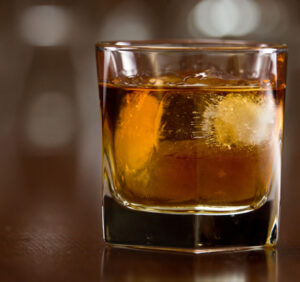
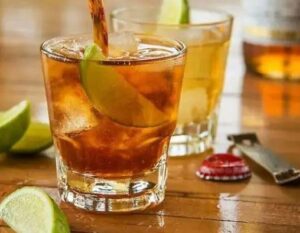
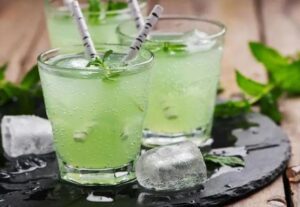
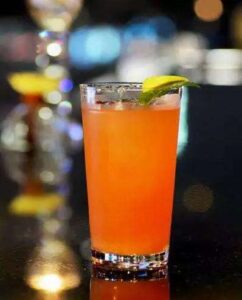


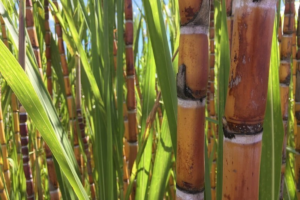
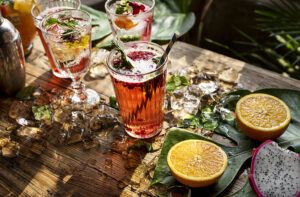
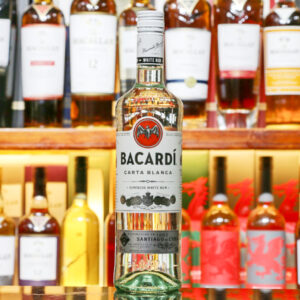
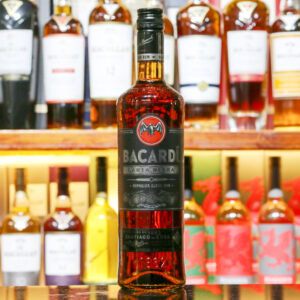
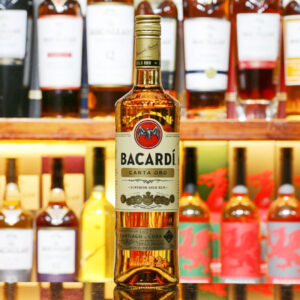
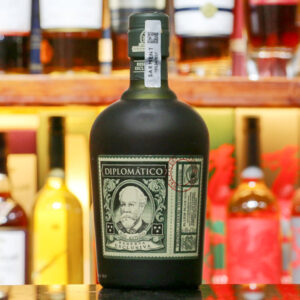
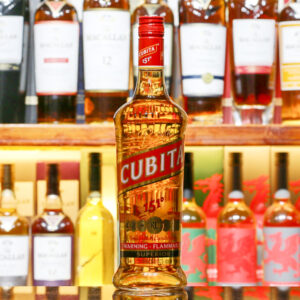
-1-300x300.jpg)
